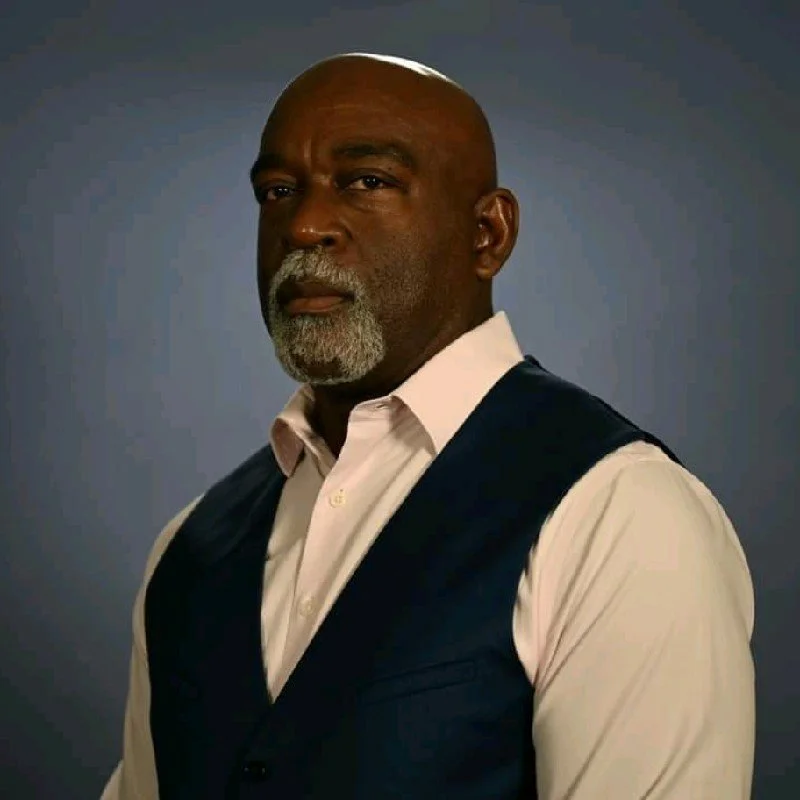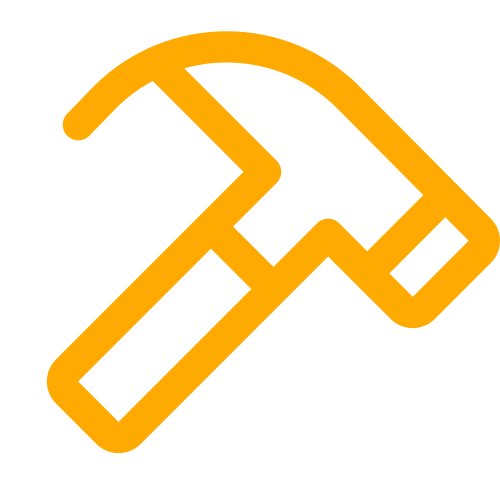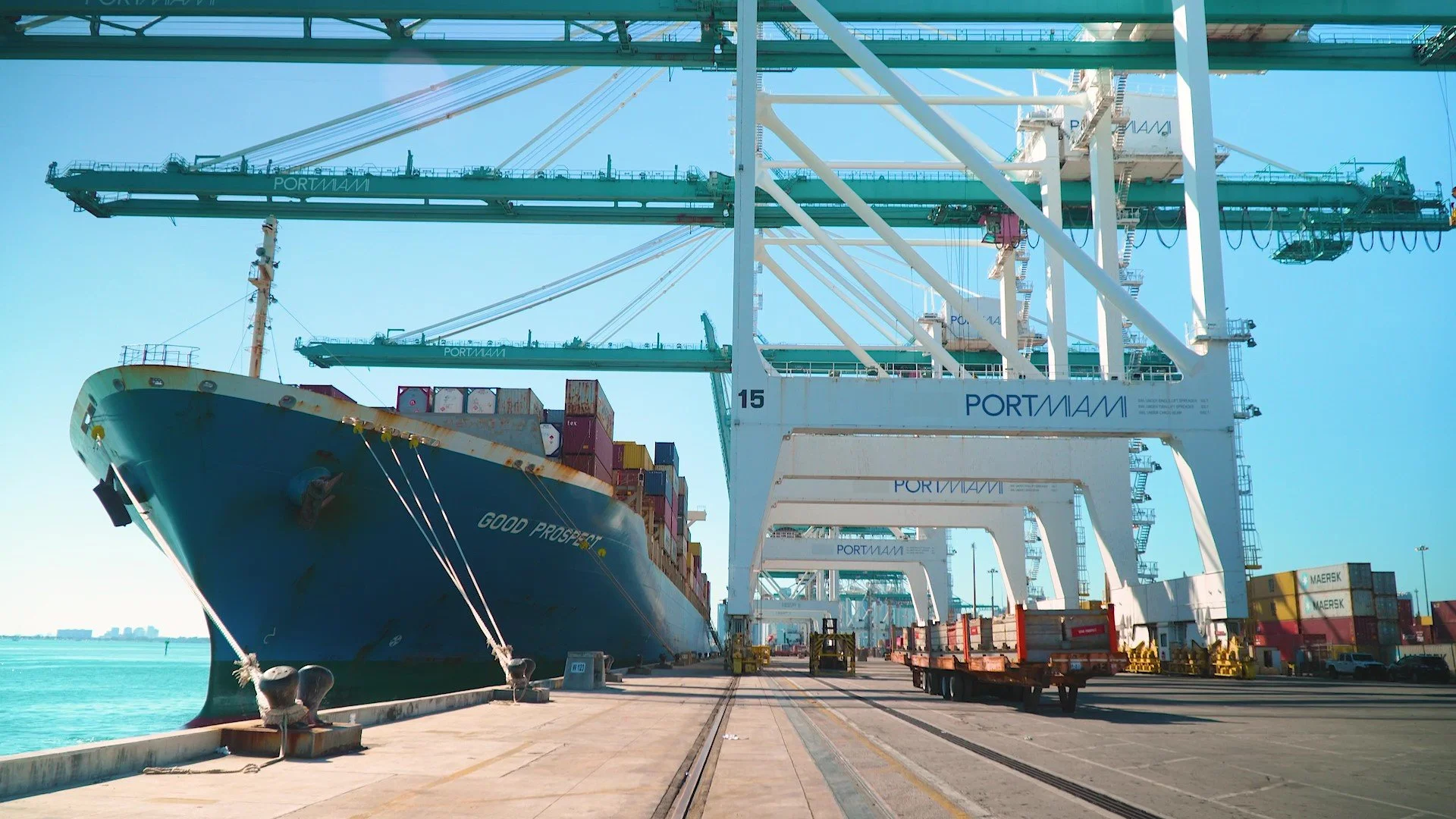Activate a Culture of Innovation
Innovation and government are often framed as opposing forces. But, they don’t have to be.
When public institutions cultivate a culture of innovation, they realign incentives to reward creativity, cross-functional collaboration, and responsible experimentation.
The result?
Teams that are not only willing to try new things, but also equipped to learn, adapt, and scale what works.
Innovation Champions
Innovation doesn’t begin with technology, it begins with people. The most effective innovations are championed by internal agents–public servants– who know their teams, understand the pain points, and are willing to push towards opportunities rather than remain consumed by roadblocks. Internal champions create the conditions for innovation to take root. They provide access, build trust, and act as the bridge between new ideas and legacy systems.

You can't keep beating your head against the wall and expect the wall to move, right? It's just not going to happen. You need change agents. You have to have the ability to be more agile in today's environment if you want to be able to compete.
~Maurice Jenkins, Chief of Innovation Officer for Miami International Airport
Maurice Jenkins, Chief of Innovation, Miami International Airport
Maurice Jenkins received the 2023 Technology Innovation Award for "Best Airport Innovation Leader” from Airports Council International World and Amadeus.
A pioneer of self-service technologies, he has inspired airlines and County agencies alike to adopt innovation and forward-thinking mindset.
His leadership has positioned the Miami-Dade County Aviation Department as one of the most innovation-driven economic engines in the region.
Aneisha Daniel, Director, Department of Solid Waste Management
Aneisha Daniels exemplifies what it means to be an innovation champion. She came to the table with a clear vision—not just of the problem, but of how innovation could unlock better outcomes.
She mobilized leadership across her department to identify root challenges, surface on-the-ground insights and co-design the challenge pilot parameters.
By empowering her team of internal experts, while remaining actively engaged in the innovation challenge process, Director Daniel ensured both momentum and alignment.
Practice Tip
Provide Authority and Cover
Identify and publicly support individuals who are willing to challenge the status quo. Formalize their role with clear backing from leadership, flexible authority to convene teams, and dedicated time or resources to explore new ideas—so innovation doesn’t become just another task on their plate.
Why Culture Matters
Innovative teams respond to challenges differently. They’re proactive rather than reactive, collaborative rather than siloed, and open to learning rather than bound by precedent.

In order for us to solve for our problems, I think that everyone needs to be at the table. So I made sure when we first started out with our brainstorming session that we were a room full. Every division director and assistant director was in the room to be able to identify… What are the few challenges or the big challenges that we were going to move forward? If collectively we can't identify and have consensus about what our pain points are, how can we really move forward?
~Aneisha Daniel, Director, Department of Solid Waste Management
Across our work, the most innovation-ready departments share three traits:
Cross-Silo Collaboration
Most traditional government processes often emphasize compliance over creativity.
This can lead to a culture of maintaining the status quo marked by a tendency toward the path of least resistance or “to do things how they have always been done”
In contrast, innovation-oriented teams seek to solve real problems with a bias toward experimentation and iteration.
Transparency and Trust
Innovation stalls when departments operate in isolation.
Many governments are organized in verticals that discourage shared learning and resource alignment. Innovation-ready teams prioritize coordination over control.
A Bias toward Problem Solving
Innovation requires risk, and risk requires trust.
Teams that are open and transparent about challenges, failures, and learnings create the psychological safety that unlocks creativity and collective ownership.
Practice Tip
Level Set With Shared Vision
Before introducing new innovation efforts or campaigns, bring cross-functional teams together to identify shared challenges and define what success looks like. A facilitated “pain points to priorities” workshop can align departments around common goals and create a sense of collective ownership from the start.
Increasing the Capacity for Innovation
To sustain innovation, a few champions aren’t enough. We need full teams, systems, and support. MDIA helps municipal departments build internal innovation capacity—not just to pilot novel technologies, but to consistently identify and solve public problems at scale.

We've talked a lot about innovating, bringing new technologies to the port and to the county government, but it was always just another project…that we had to manage or work on. But MDIA allowed us to create an energy around it and a momentum that made it urgent, right? And so MDIA provided that capacity, provided that support, and provided the urgency to make it not just another project, but something that we needed to prioritize.
~Chris Hudtwalker, Director of Innovation at PortMiami
Public Innovation Challenge Prompts Departmental Innovation Office Creation
Our Cargo Visibility Challenge with PortMiami was a prime example of building the innovation capacity for the Department.
Catalyzed by the excitement and opportunities elicited through the Public Innovation Challenge, the PortMiami team stood up its own internal innovation office to build long-term capacity to evaluate and test new technologies.
Practice Tip
Integrated Innovation Teams
Embedded innovation teams, or sustained external partnerships with public innovation authorities, like MDIA, help governments move from one-off pilots to systemic change. They make innovation durable by providing the structure, skillset, and space to experiment safely and act decisively.







